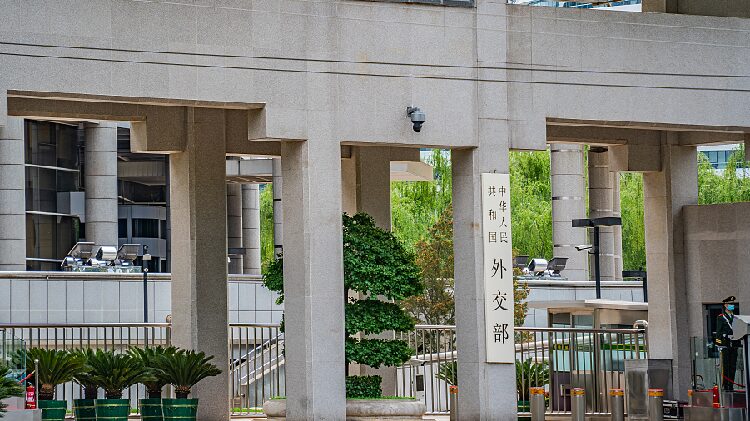The Taiwan question has long been a sensitive topic in China-U.S. relations, but why is it considered the first red line that cannot be crossed? Recent events have once again brought this issue into the spotlight, with repercussions that resonate globally.
Recent Tensions Over Taiwan
China recently condemned the United States for arranging a stopover for Lai Ching-te, a leader from Taiwan, during his trip to Pacific allies. The Chinese Foreign Ministry reiterated that the Taiwan question lies at the very core of China’s core interests. China has urged the U.S. to fully abide by the one-China principle and the three China-U.S. joint communiques.
The Historical Background
Taiwan has been an integral part of China since ancient times. Historical records, such as the Seaboard Geographic Gazetteer from over 1,700 years ago, document Taiwan as Chinese territory. However, in 1895, after a war of aggression, Japan forced the Qing Dynasty to cede Taiwan.
Following Japan’s defeat in World War II, international declarations like the Cairo Declaration (1943) and the Potsdam Proclamation (1945) stipulated that Japan should return all stolen territories to China, including Taiwan. On October 25, 1945, China officially recovered Taiwan, resuming full sovereignty over the island.
The One-China Principle
The one-China principle asserts that there is only one China, and Taiwan is an inalienable part of it. The People’s Republic of China (PRC) is recognized as the sole legal government representing the whole of China. This principle is widely accepted in the international community, with 183 countries establishing diplomatic relations with China based on this understanding.
In 1971, United Nations Resolution 2758 affirmed the one-China principle by recognizing the PRC as the only legitimate representative of China in the UN, effectively excluding any notion of “two Chinas” or “one China, one Taiwan.”
U.S. Commitments on the Taiwan Question
The United States has made several commitments regarding the Taiwan question through three joint communiques with China:
- 1972 Shanghai Communique: The U.S. acknowledged that all Chinese on either side of the Taiwan Strait maintain there is but one China, and Taiwan is a part of China.
- 1979 Communique on the Establishment of Diplomatic Relations: The U.S. recognized the Government of the PRC as the sole legal government of China and acknowledged the Chinese position that there is but one China and Taiwan is part of China.
- 1982 August 17 Communique: The U.S. reaffirmed its commitment to the one-China principle and stated that it does not seek to carry out a long-term policy of arms sales to Taiwan, intending to gradually reduce them.
Why the Taiwan Question Matters
The Taiwan question is a legacy of China’s civil war and remains an internal affair. While the mainland and Taiwan have been governed separately since 1949, China’s sovereignty and territorial integrity have never been divided. For China, the Taiwan question touches upon national unity and territorial integrity, making it a non-negotiable issue.
In the context of China-U.S. relations, any actions perceived as undermining the one-China principle are seen as crossing a red line. Respecting this principle is fundamental for maintaining stable and constructive relations between the two nations.
Looking Ahead
Understanding the historical and political significance of the Taiwan question is crucial for grasping the complexities of China-U.S. relations. As global dynamics evolve, adherence to established principles and commitments remains essential for peace and cooperation.
Reference(s):
Explainer: Why is Taiwan question first red line in China-U.S. ties?
cgtn.com








